
5 Refreshing Swimming Spots in and Around Johannesburg
Johannesburg may be landlocked, but that doesn’t mean you can’t enjoy a day of clear...
 20 November 2025
20 November 2025 
Driving on sandy roads is a common part of many overland trips in Southern Africa. Whether you’re exploring the remote campsites of Botswana, reaching iconic destinations like Sossusvlei in Namibia, or venturing into South Africa’s wilder regions, sandy 4×4 tracks are often unavoidable. These roads – though officially designated and permitted for 4×4 rental vehicles – present unique challenges that differ significantly from tarred highways or gravel roads.
This guide offers five essential tips for navigating sandy terrain with a 4×4 rental, helping you stay safe and enjoy your journey without getting stuck. Importantly, this article does not cover dune driving, which is prohibited with rental vehicles. All tips here apply to sandy designated roads, such as those leading to national parks, lodges, and wilderness campsites.
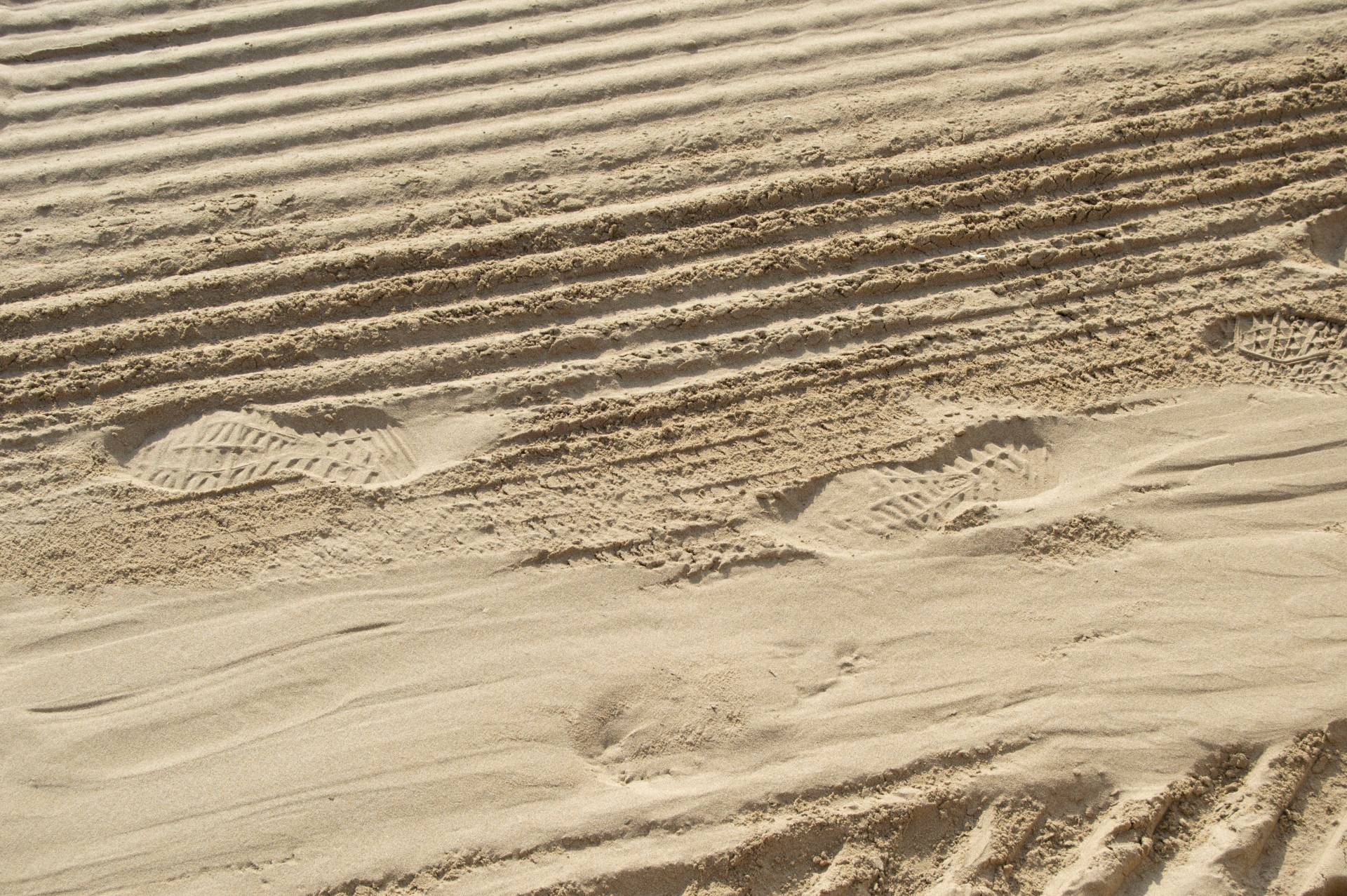
Sandy roads require special driving techniques | Photo: Remedios Remon via Unsplash
Unlike gravel or rocky trails, sandy roads are soft, loose, and prone to shifting under your tyres. If not approached correctly, they can easily bog down even the most powerful 4×4. The key to success lies in adjusting your tyre pressure, driving style, and understanding your vehicle’s 4×4 capabilities. Whether you’re travelling through Botswana’s Moremi Game Reserve, heading to Sesriem in Namibia, or exploring Kgalagadi Transfrontier Park in South Africa, proper preparation is essential.
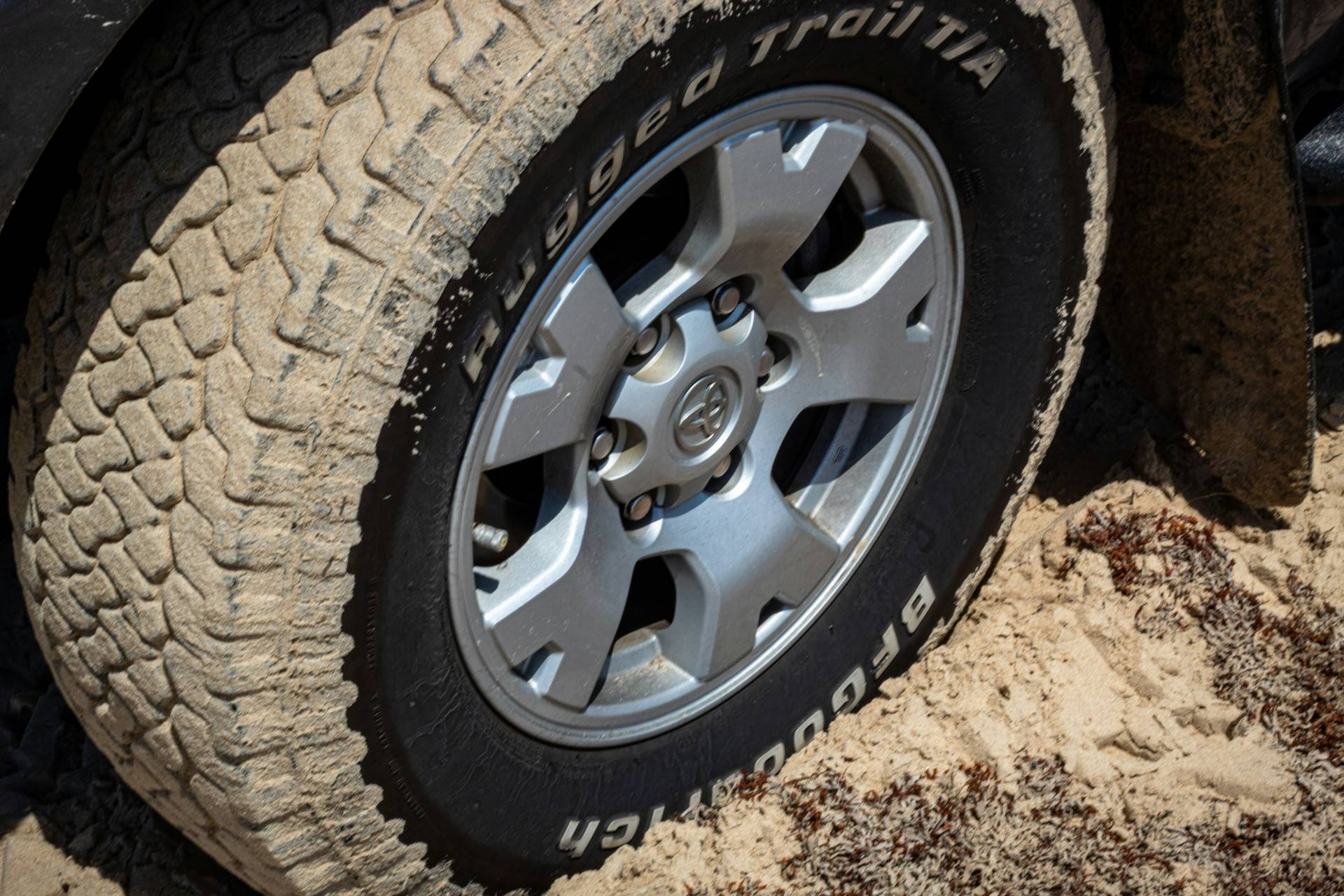
It’s important to lower your tyre pressure when driving on sandy roads | Photo: Joshua J Cotten via Unsplash
One of the most important techniques when driving on sand is to lower your tyre pressure. By deflating your tyres slightly, you increase the footprint of each tyre, which helps distribute the vehicle’s weight more evenly across the surface. This prevents your 4×4 from sinking into the soft sand and improves traction.
Recommended pressure range:
What you’ll need:
Drive South Africa tip: All our 4×4 rentals are equipped with essential tyre tools. If you’re unsure how to deflate tyres or re-inflate them after sandy sections, a representative will walk you through it at collection.
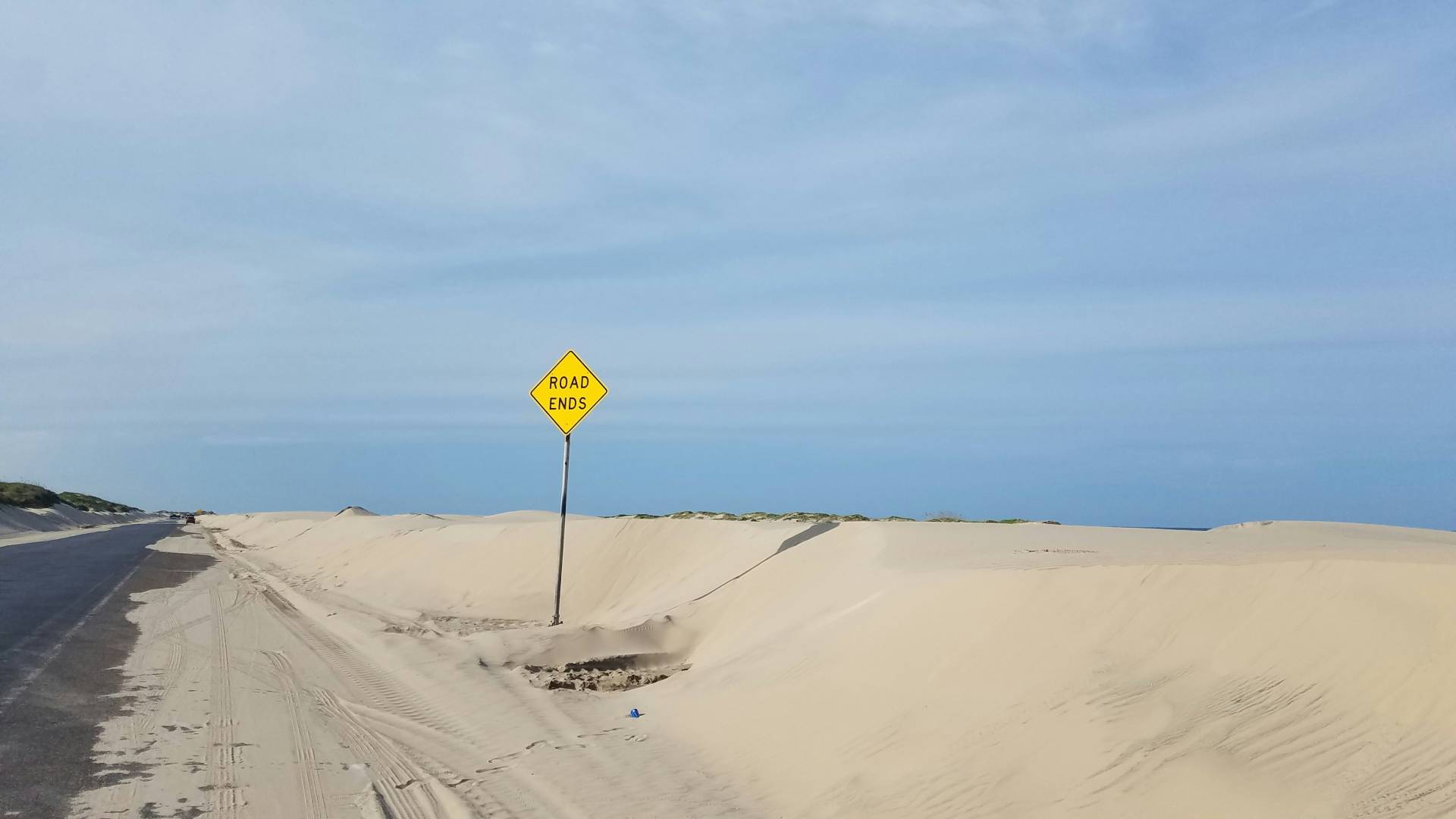
Keep moving and don’t get stuck! | Photo: Pete Alexopoulos
On sandy roads, momentum is your best friend. If you stop completely or hesitate too long in deep sand, your tyres may dig in and cause you to get stuck. The goal is to keep a consistent speed without over-revving or making sudden manoeuvres.
Helpful guidelines:
Important: Always stick to the designated tracks. Off-track driving (including on sand dunes) is not permitted in any 4×4 rental and could result in fines or damage to the environment.
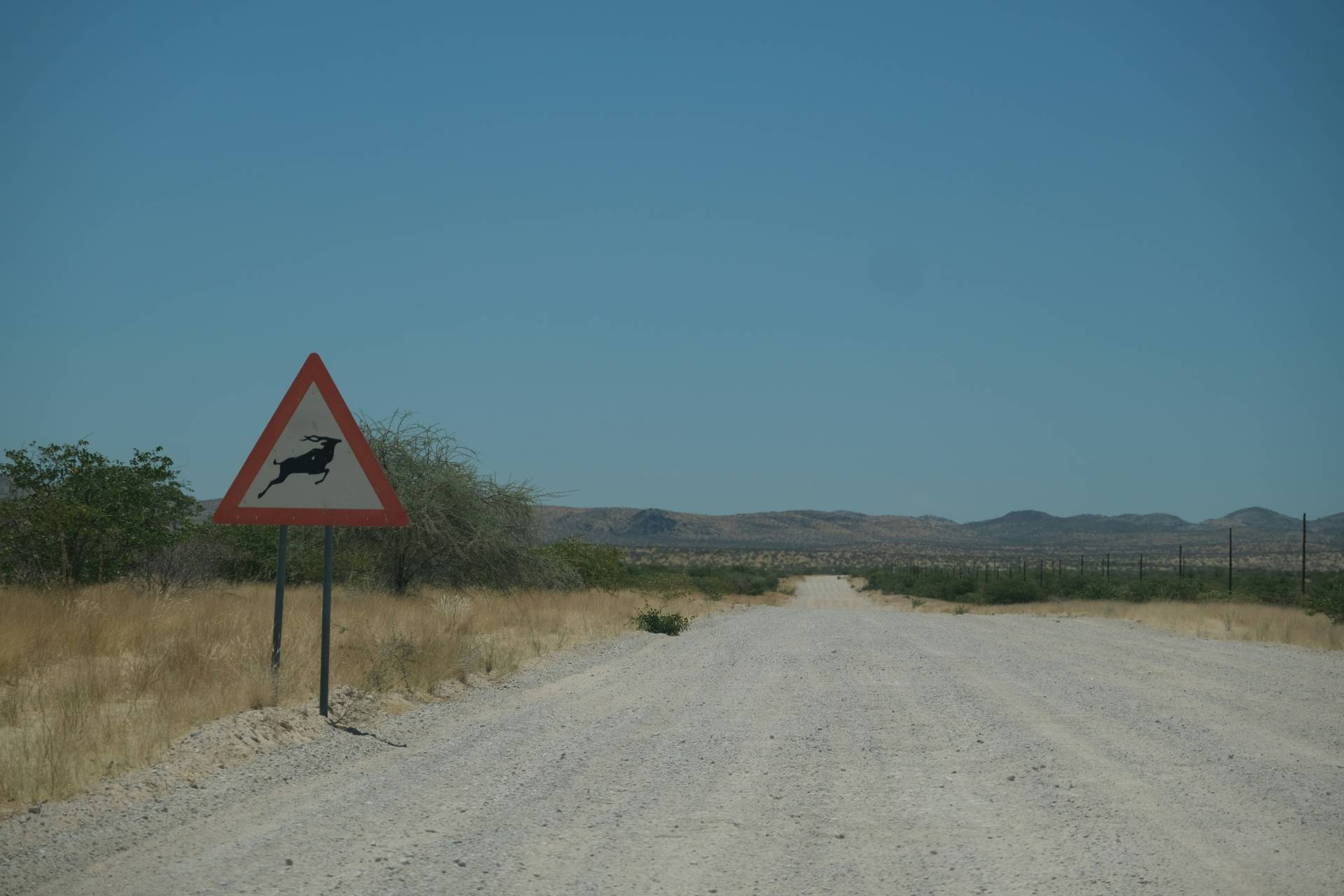
Know when to engage high and low range | Photo: Andreea Munteanu via Unsplash
Your vehicle’s 4×4 system is designed to handle off-road terrain, but you must select the correct mode depending on the conditions. Sandy roads usually require different settings depending on depth, incline, and whether you’re towing.
Typical usage:
If your 4×4 rental has a diff lock, it can also be engaged in very slippery situations to distribute power equally to all wheels.
Drive South Africa tip: Our 4×4 rental team provides a full orientation before your trip, including a guide on how to switch between drive modes.
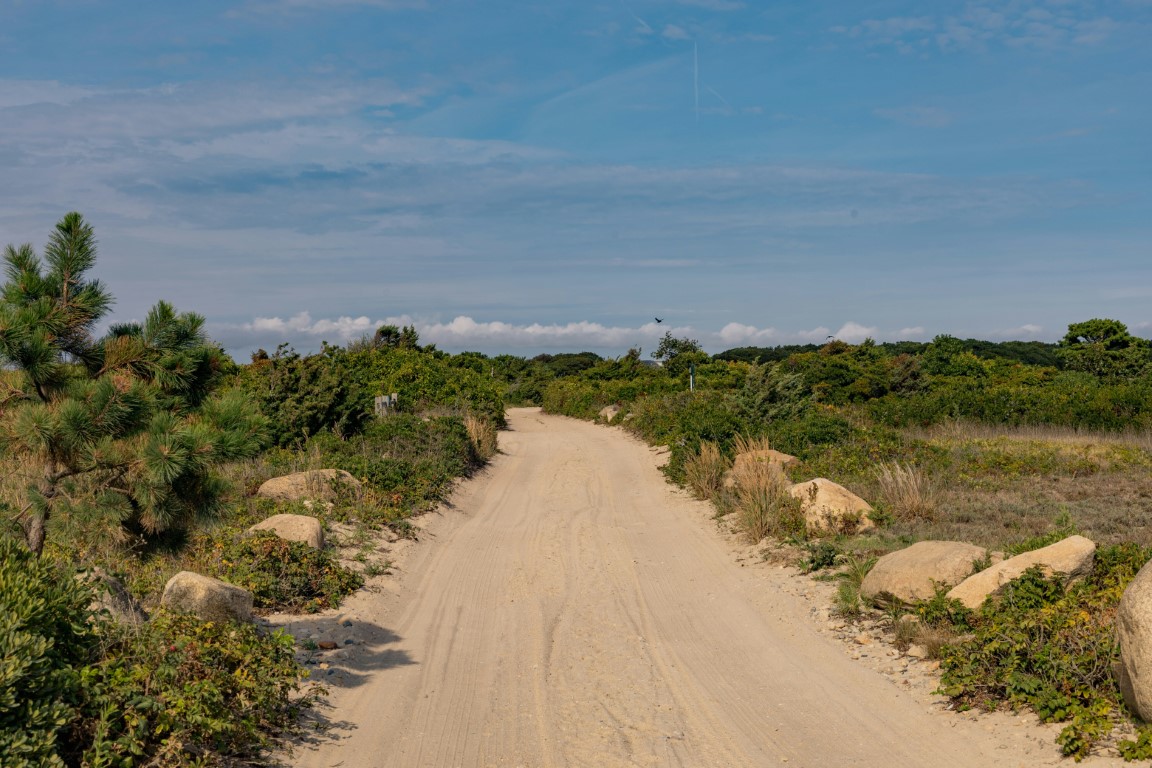
Avoid sudden movements and stick to visible routes | Photo: Bonnie Kittle via Unsplash
Sand driving is not the time for sharp turns or overcorrection. Keep your hands relaxed on the wheel, steer gently, and let the vehicle do most of the work. Sudden steering inputs can cause your front tyres to dig into the sand, pulling you off course. Where possible, follow in the tracks of vehicles that have gone before you. These tracks are usually more compacted and offer better traction than untouched sand.
What to avoid:

Carry the right gear and plan for challenges | Photo: Getty
Even seasoned overlanders occasionally get stuck in sand. Being prepared for self-recovery will save time, reduce stress, and may even prevent damage to your vehicle.
Essential gear for sandy terrain:
Many 4×4 rentals from Drive South Africa come equipped with some or all of the above equipment. Speak to your rental expert to confirm all equipment before you set off.
Drive South Africa tip: When possible, travel with a second vehicle – particularly in remote areas of Namibia and Botswana. If you’re on your own, always inform someone of your route and expected arrival times.
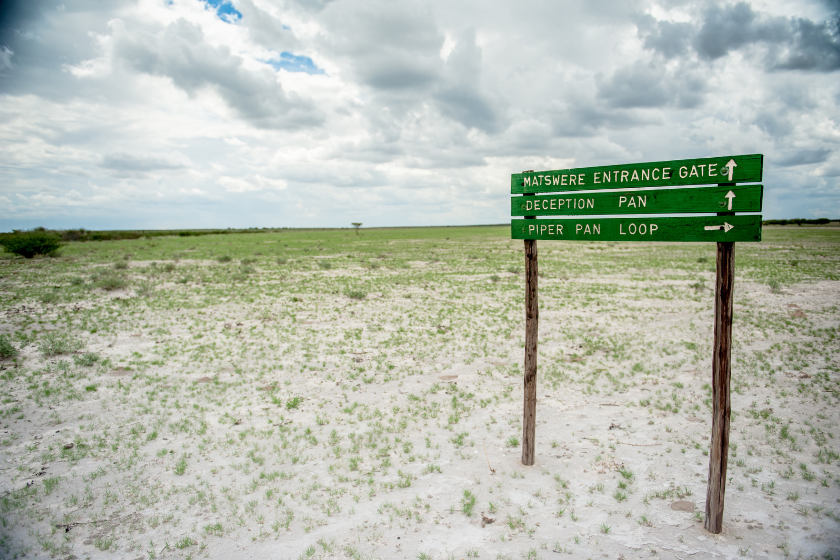
A 4×4 rental allows you to access incredible destinations around Southern Africa | Photo: Getty
Sandy roads are common throughout Southern Africa, particularly in desert and wilderness areas. With a 4×4 rental from Drive South Africa, you’ll be able to access incredible destinations that standard vehicles can’t reach – provided you follow designated routes and drive responsibly.
Popular sandy routes include:
Drive with confidence! Hire a 4×4 rental from the experts. With the right preparation and techniques, driving on sandy roads can be one of the most rewarding parts of your Southern African road trip. You’ll reach secluded campsites, photograph vast desert landscapes, and enjoy a sense of freedom that few destinations offer.
Drive South Africa offers a wide range of fully equipped 4×4 rentals that are perfect for sandy routes in Namibia, Botswana, and South Africa. Every rental includes basic recovery gear, and our expert team will ensure you understand your vehicle’s 4WD system before you hit the road.